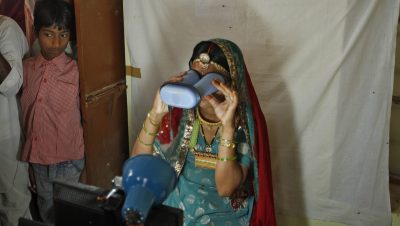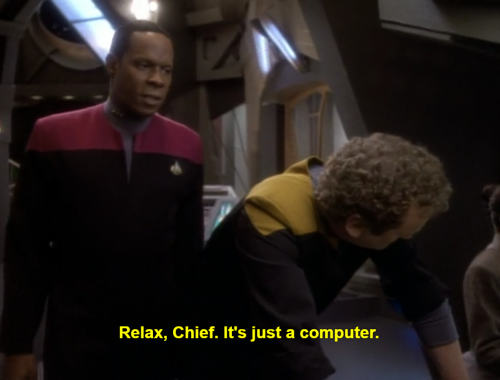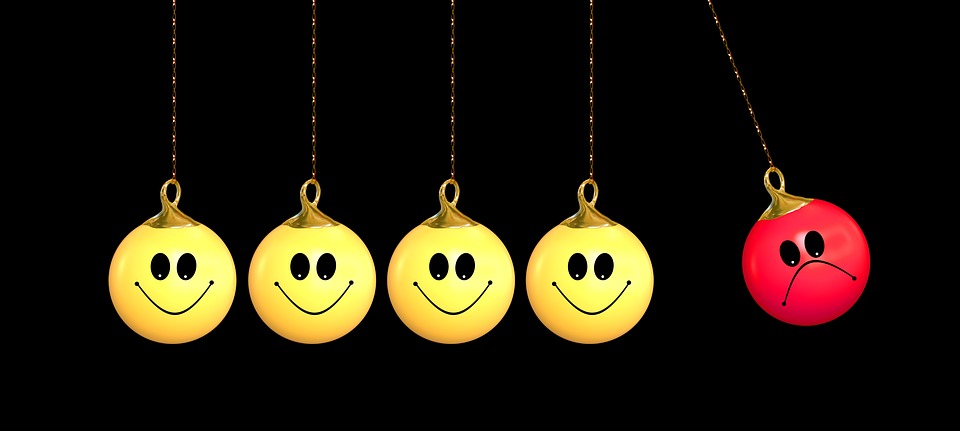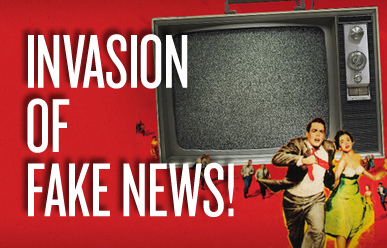“Social media has exacerbated and monetized fake news but the source of the problem is advertising-subsidized journalism,” David wrote last year after numerous news outlets were found to have been unwittingly reporting the disinformation of Jenna Abrams, a Russian troll account, as fact. “Breitbart and InfoWars republished Abrams’ tweets, but so did The Washington Post and The Times of India. The only thing these news organizations have in common is their advertiser-centered business model.” David concludes that short of “confront[ing] the working conditions of reporters” who are strapped for time and publishable content, the situation isn’t likely to improve. As this instance of fake news proliferation shows, journalism’s reliance on this business model represents a bug for a better informed society, one that not coincidentally represents a feature from the perspective of the advertisers it serves.
Conceiving of less destructive business models can be a way into critical analysis of platforms. An aspect of that analysis is to situate the platform within the environment that produced it. For this post, I want to explore how industry analysts’ observations fit into criticism of socio-technical systems. The act of assessing platforms primarily in terms of market viability or future prospects, as analysts do, is nauseating to me. It’s one thing to parse out the intimations of a CEO’s utopian statements, but it’s another to take into account the persuasive commentary of experienced, self-assured analysts. If analysts represent the perspective of a clairvoyant capitalist, inhabiting their point of view even momentarily feels like ceding too much ground or “mindshare” to Silicon Valley and its quantitative, technocratic ideology. Indeed, an expedient way to mollify criticism would be to turn it into a form of consultancy.










